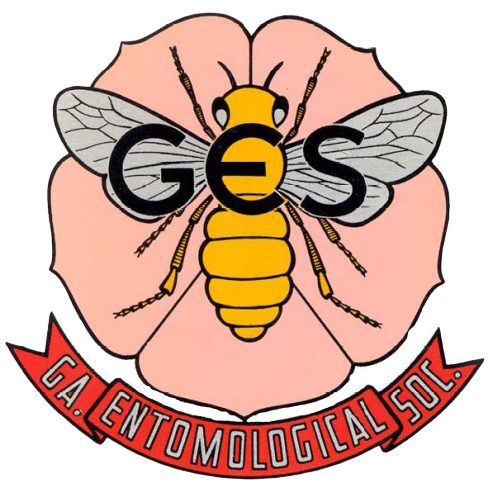Big-Eyed Bugs (Hemiptera: Lygaeidae) and the Striped Lynx Spider (Araneae: Oxyopidae): Intra- and Interspecific Interference on Predation of First Instar Corn Earworm (Lepidoptera: Noctuidae)
To understand agroecology and to increase the role of entomophages in pest management, it is important to understand interactions among arthropod predators. Laboratory studies were conducted with 1–2 adult big-eyed bugs, (BEB) Geocoris spp., 1–2 striped lynx spiders (SLS), Oxyopes salticus Hentz (lst–3rd instar), or one of each to investigate conspecific and interspecific interference of predation on 1st instar Heliothis zea Boddie in the laboratory. The number of 1st instar H. zea consumed per individual in 24 h fell significantly when two adult BEB were confined together compared with the number consumed by solitary BEB. Placing two juvenile SLS together did not reduce the number of larvae consumed per individual in 24 h. The combined feeding rate of one BEB and one SLS confined together fell well below the sum of the rates for solitary BEB and SLS, but it was unclear to what degree each predator's feeding rate was reduced. These results suggest that exceeding the optimum density of BEB and SLS in the field could reduce the biocontrol of H. zea provided by BEB.
